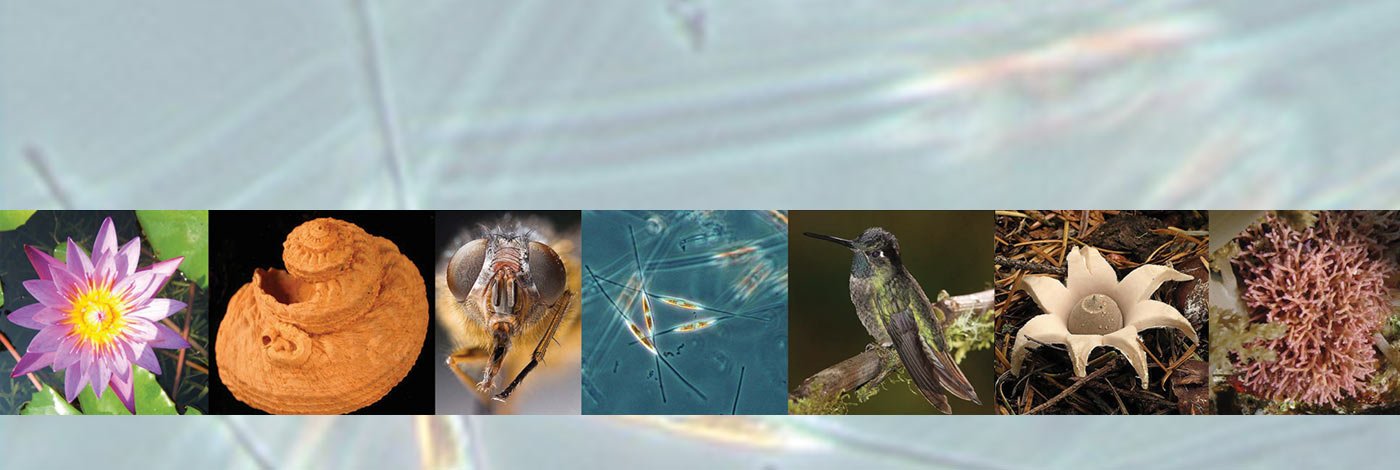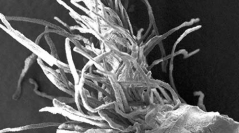The description in 1891 of the sea pen genus Gyrophyllum Studer, 1891 and also the type species G. hirondellei Studer, 1891 was based on a single colony collected in the Azores Archipelago. During the 19th and 20th centuries, the family placement of this genus became controversial as the set of morphological features present in Gyrophyllum could justify its assignation to both the families Pennatulidae Ehrenberg, 1834 and Pteroeididae Kölliker, 1880. Deliberations over this intermediate set of characters finally ended in the reunification of the genera and species of both families under Pennatulidae by principle of priority. The use of molecular sources of information based on a series of sequencing techniques presents a different but promising phylogenetic scenario in order to go further in the understanding of pennatulacean systematics. In this paper, a complementary morphological and molecular study (multiloci sequences with three mitochondrial and one nuclear markers) based mainly on newly collected material is carried out. This study re-confirms from a molecular point of view previously published results that indicate the position of Gyrophyllum as being distant from Pennatula Linnaeus, 1758 and Pteroeides Herklots, 1858 (type genera of the families Pennatulidae and Pteroeididae, respectively). This fact together with the results of a detailed morphological examination strongly supports the placement of the enigmatic genus Gyrophyllum in a separate family: Gyrophyllidae fam. nov. and resolves the nomenclatural uncertainty at family level for this genus. Moreover, the characters previously considered useful in the distinction of the two currently recognised species G. hirondellei in the Atlantic and G. sibogae Hickson, 1916 in the Indo-western Pacific are revisited.


 European Journal of Taxonomy
847 (73) - Pages 73-103
European Journal of Taxonomy
847 (73) - Pages 73-103